Yes, some species of sharks are venomous. Primarily found in the Northern Atlantic and Eastern Pacific waters, these species generally belong to the dogfish family like spurdogs, spiny dogs, lantern, gulper, small-eye pigmy sharks and a few horn shark varieties such as port jackson sharks.
In this article, I will explain all these venomous sharks in detail, including how they act in different conditions.
Are There Any Venomous Sharks?
Here are details of all the venomous sharks-
Spurdogs
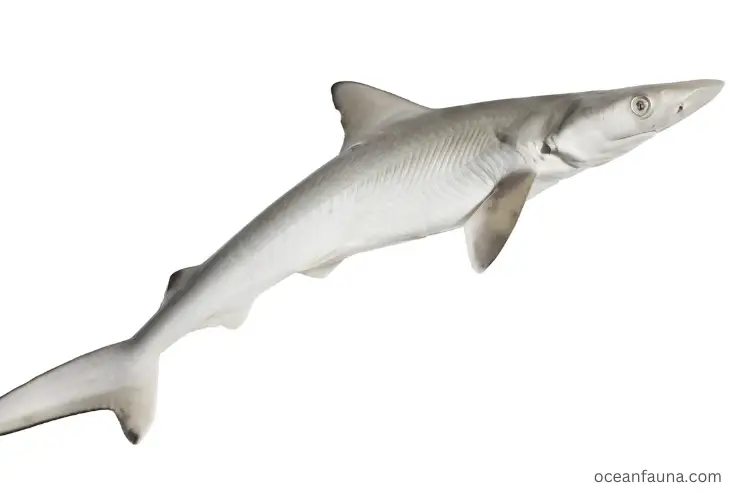
Spurdogs are a type of shark in the dogfish family, and they can be found in the waters of the Northern Atlantic and Eastern Pacific.
They have slim bodies with sleek, smooth skin. The most recognizable feature of spurdogs is their dorsal fins which are high and pointed. These sharks often live in depths ranging from 500-4000 feet and feed on smaller fish, squid, and crustaceans.
This species has a venomous spine that protrudes from its back near its dorsal fin, which contains a potent neurotoxin capable of causing considerable pain to humans who come into contact with it.
Spiny Dogs
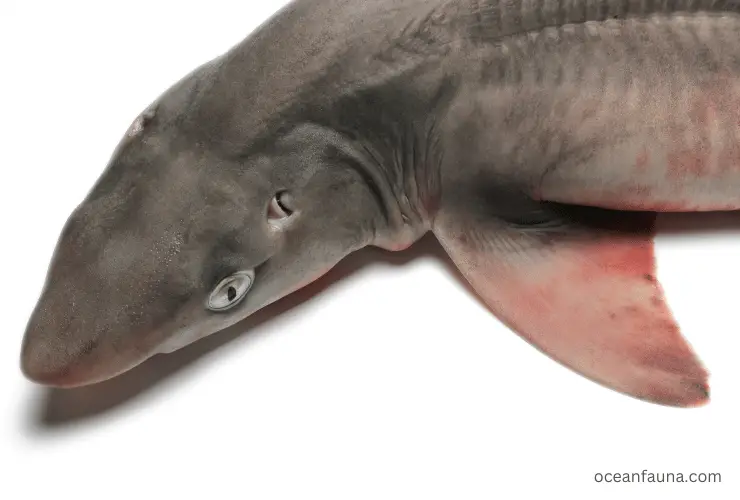
Spiny dogs, otherwise known as spiny dogfish sharks, are usually situated on temperate coasts worldwide – from Northern Atlantic to the Eastern Pacific oceans.
Their body structure is elongated and greyish brown, with white markings running along their sides and spots adding to their distinctive appearance.
Most adult spiny dogs reach lengths up to 4 feet, but some individuals can grow up to 6 feet long! These sharks feed primarily on smaller fish such as herring, cod, mackerel, and hake; however, they will also occasionally eat other invertebrates like squid or octopus.
Like the spurdog shark, spiny dogs have venomous barbs located along their bodies, which can inflict painful wounds if provoked.
Lantern sharks
Lantern sharks are usually found in depths ranging from 1000-3000 meters and are native to the Caribbean Sea, Western Pacific, and Northern Atlantic oceans.
These small sharks possess a remarkable appearance, with their blackish-green colouring and white spots along the sides. Even more spectacular is that they have the ability to glow in dark waters. These deep-sea creatures are easy to spot due to their long sickle-shaped dorsal fin, which stands out among aquatic predators.
These sharks are known to feed on various types of small fish, squid, and crustaceans. They are also equipped with venomous spines along their bodies capable of inflicting powerful stings.
Gulper Sharks
Gulper sharks are a species of deep-sea shark found in depths ranging from 200 to 1100 meters. These sharks are known for their large mouth and wide-set eyes, which are necessary adaptations for living in the dark abyssal water.

These predators feed on various types of crustaceans as well as small fish like hagfish and lanternfish.
Gulper sharks are also equipped with venomous barbs along their bodies, which are capable of causing considerable pain to humans who come into contact with them.
Small-Eye Pigmy Sharks
The small-eye pigmy shark is a fascinating animal that lives in tropical and subtropical waters all over the world, usually between 150 and 2000 meters deep.
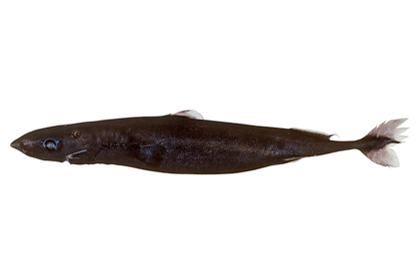
These sharks possess a slim, petite build with adult sizes ranging from a max of 60 cm in length. They are also equipped with venomous barbs along their bodies’ undersides, which can inflict painful stings if provoked.
Small-eye pigmy sharks are known to feed mostly on bony fishes and are occasionally seen in shallow waters, making them easier to spot.
Port Jackson Sharks
Port Jackson sharks, part of the horn shark family, can be found in coastal areas of Australia and some regions of the Eastern Pacific Ocean.
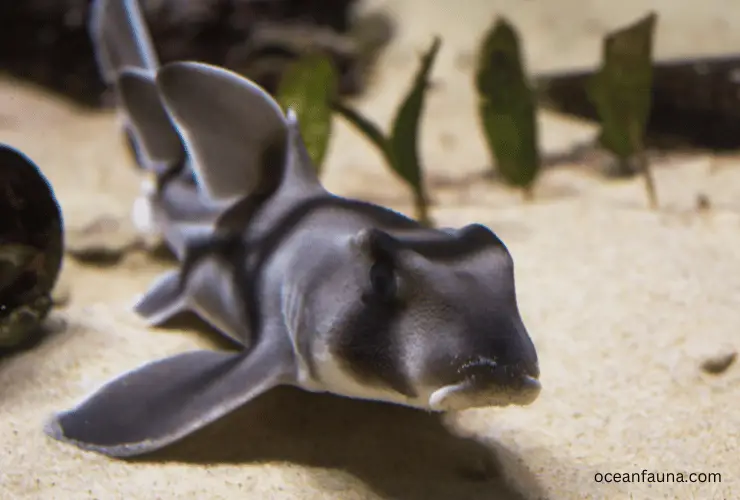
Generally, these bottom-dwelling creatures grow to a size between 2 – 3 feet long when fully matured, although they may reach up to 4 feet at maximum capacity. Their bodies have an olive-greenish tinge with white spots along their sides near their tails.
These carnivorous hunters feast on small bony fishes, like wrasses, morwong and goatfishes, yet they will also take advantage of hard-shelled invertebrates such as crabs or lobsters when available.
Port Jackson sharks are equipped with venomous spines near their dorsal fins that deliver a painful sting if they touch humans or other animals – an experience you wouldn’t want to endure.
Anatomical Differences Between Venomous and Non-Venomous Sharks
Venomous sharks are equipped with specialized adaptations that allow them to deliver venom to their prey or to defend themselves from potential threats. On the other hand, non-venomous sharks lack these adaptations and rely on other methods of hunting or self-defence.
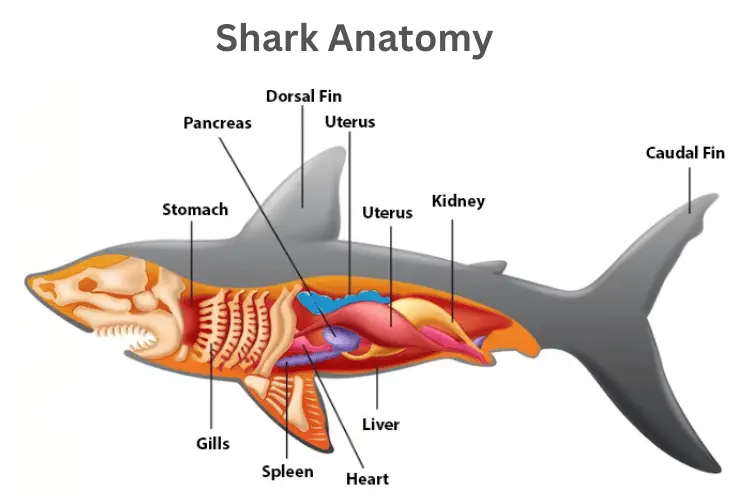
Here are some of the main anatomical differences between venomous and non-venomous sharks:
Spines
One of the most notable differences between venomous and non-venomous sharks is the presence of spines. Venomous sharks, like spurdogs, spiny dogs, and port jackson sharks, have spines near their dorsal fins containing venom. When these spines are touched, the venom is released into the target, causing pain and potentially harmful effects.
Non-venomous sharks, on the other hand, lack these spines and are unable to deliver venom to their prey or defend themselves in this way.
Teeth
The teeth of venomous and non-venomous sharks can also differ. Non-venomous sharks have serrated teeth designed to tear and cut their prey, while the teeth of venomous sharks are generally smaller and less specialized.
In some cases, the teeth of venomous sharks may be modified in other ways, such as being sharper or longer, to better deliver their venom.
Body Structure
Venomous sharks, like spurdogs and spiny dogs, exhibit a streamlined body type enabling them to move with agility. This swiftness lets them dodge hazards and catch their prey quickly.

Alternatively, non-venomous species of shark display stronger figures made for strength and endurance, which help in subduing quarry or warding off predators.
Glands
Venomous sharks also have specialized glands that produce and store their venom. These glands are located near the spines and are responsible for releasing venom when the spine is touched.
Non-venomous sharks do not have these specialized glands and therefore do not produce venom.
Diet
Not only do venomous and non-venomous sharks vary in appearance, but their diets are also distinct as well. Spurdogs, spiny dogs, and port jackson typically feast on smaller fish or squid, while the non-venomous sharks often opt for a more diverse selection of meals like large fish, seals, and sea turtles.
Are Venomous Sharks Toxic to A Human?
Yes, venomous sharks can be toxic to humans. Although shark attacks on humans are relatively rare, being stung by a venomous shark can be extremely painful and even life-threatening in some cases.
Toxicity
The venom of sharks is primarily a neurotoxin. This means that it can affect the nervous system, causing pain, paralysis, and sometimes even death. The severity of the reaction to a shark sting depends on several factors, including the amount of venom injected, the location of the wound, and the health of the person stung.
Symptoms
In general, the symptoms of a shark sting can include intense pain, swelling, and redness at the site of the wound. In severe cases, the venom can cause muscle weakness, dizziness, and nausea and can even lead to respiratory failure.
Treatment
If you are stung by a venomous shark, seek medical attention immediately. Treatment typically involves pain management, wound care, and in severe cases, anti-venom therapy. The use of hot water or vinegar to treat a shark sting is not recommended as it can actually increase the spread of venom and worsen the reaction.
Can Non-Venomous Sharks Become Toxic?
Like many other sea creatures, sharks are exposed to various pollutants that can accumulate in their bodies over time. The toxins present in their tissues can then be passed on to humans who consume shark meat. Although not venomous by nature, non-venomous sharks can become toxic due to the presence of harmful pollutants in the water.
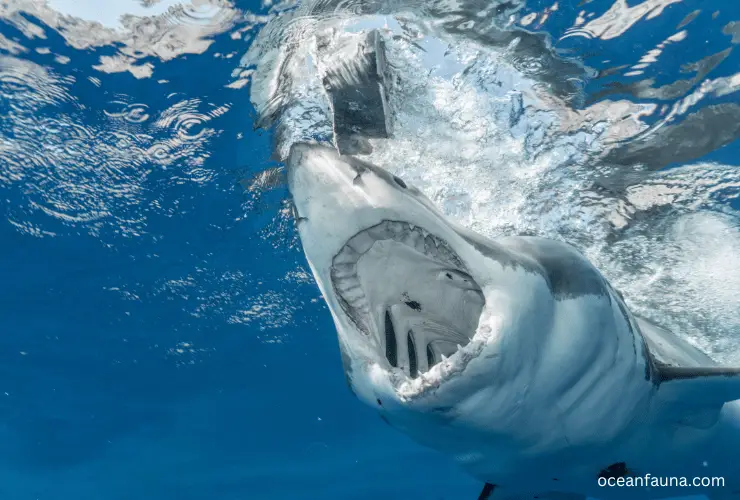
Coal combustion is one of the leading culprits in oceanic pollution, as it releases mercury which then interacts with its surroundings to form an even more hazardous version. This toxic variety can easily find itself in creatures such as shellfish and fish – including sharks – slowly poisoning them and people who consume these species. Additionally, DDT pesticides found within oceans have been known to be carcinogenic for both aquatic life and humans alike.
As a result of human pollution, almost all life in the ocean has the potential to be toxic. The accumulation of pollutants in the tissues of non-venomous sharks can pose a health risk to humans who consume their meat.
What Is the Most Toxic Shark?
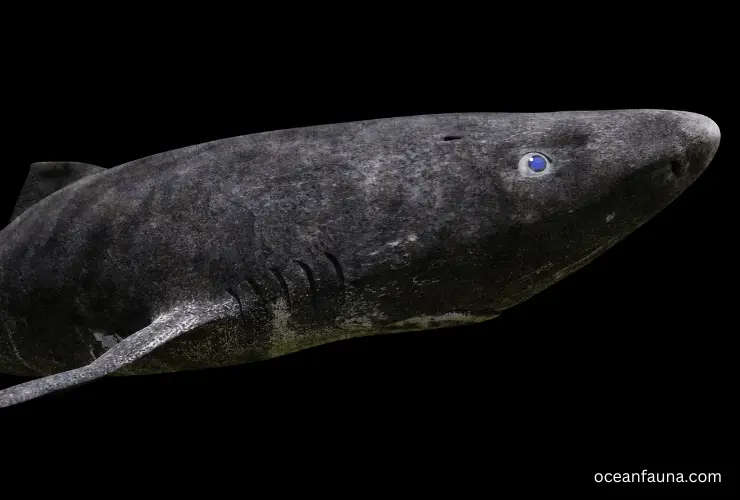
The Greenland shark is known for being the most toxic, but it isn’t a venomous species. This is because these sharks have very high levels of TMAO, an element that makes proteins stronger and protects them from urea damage. If humans eat a lot of this molecule, they may also be at risk. When the meat is dried correctly, it is safe for humans to eat.
Conclusion
Now you know that some dogfish and horn shark species have glands near their spines that make and store venom. Also, toxins found in non-venomous animals aren’t dangerous on their own, but pollution in the water can make them dangerous.
However, the Greenland shark is thought to be one of the most poisonous sharks because it has a lot of TMAO in its body, which can be dangerous if you eat too much of it.

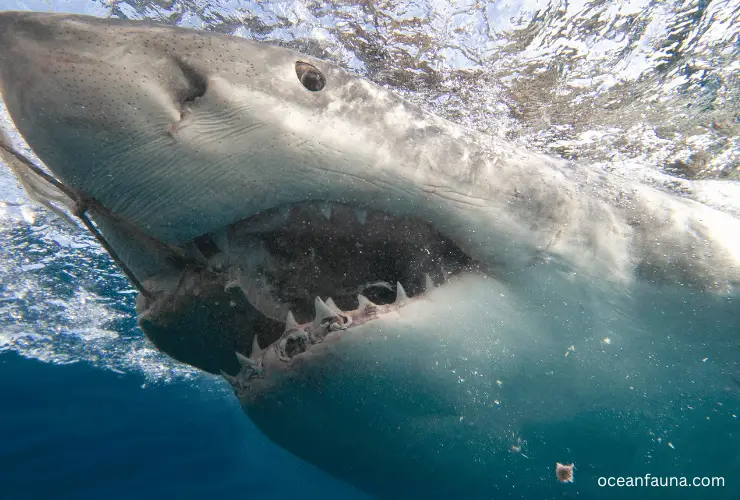
2 thoughts on “Are There Any Venomous Sharks?”